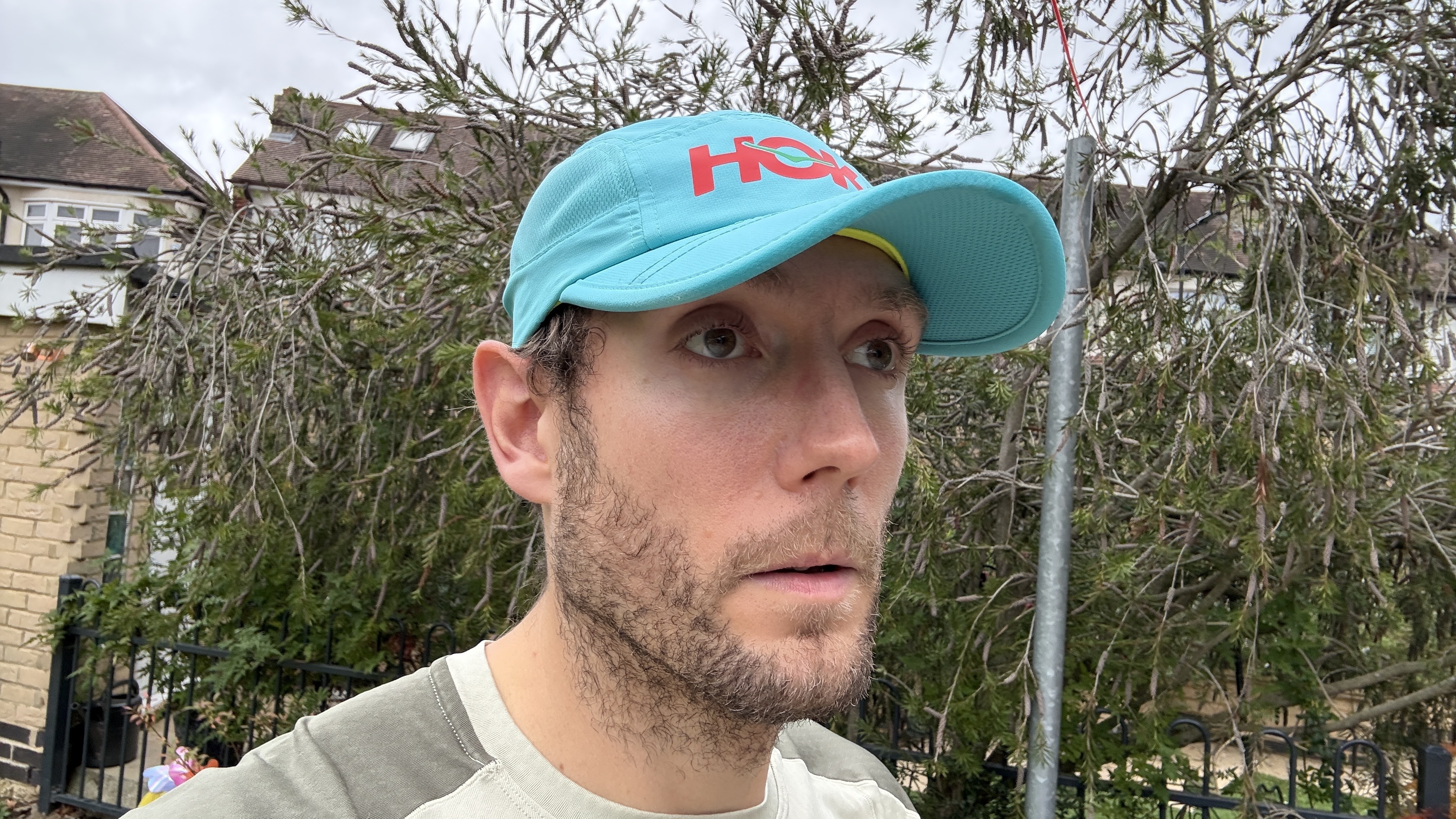At its heart, running is a simple sport that doesn’t require much equipment at all — once you have a set of the best running shoes on your feet and some basic apparel, you’re all set.
However, once you start running regularly, the appeal of accessories starts to become clear, and over years of running more or less every day I’ve amassed a vast collection of gear, most of which can best be described as “occasionally useful.”
Some of these accessories I consider essential, however, and I use them on almost every run. If you’re a regular runner already or getting into the sport, they might just be of use to you too.
Running belt
If you can drop everything and head out the door for your run without needing your phone, keys or any other essentials like nutrition, then more power to you. I need to carry my phone on most runs, just to stay in touch with family in case of emergency, and a running belt is perfect for this.
I prefer a running belt to a phone armband because belts are more comfortable and convenient — it’s a lot easier to access my phone in a belt and I can position it either on top of my hips or in the small of my back where it doesn’t bounce at all.
You can also use a belt to carry gels, keys and a card with you on your run, and the best running belts are adjustable so you can tighten them against your body to ensure they don’t move around.
My favorite belt overall is the standard SPIbelt running belt, which has one large pocket that expands to take any size of smartphone. It’s good value, but if you need more space you might want to check out our round-up of the best running belts available for other options.
Chest strap heart rate monitor

All of the best running watches now have a built-in heart rate monitor, and for the most part these are pretty reliable. However, they are not as accurate as a chest strap monitor, which records electrical signals directly from the heart to track your pulse.
I use my heart rate to judge my effort during training runs, and it’s important for me to get the best data possible, so I nearly always wear a chest strap on my runs. This is especially useful in winter, when cold conditions make the optical readings from watches less reliable.
My preferred heart rate monitor right now is the Garmin HRM 600, because if you link it with one the best Garmin watches like the Garmin Forerunner 970 it provides insights into your running gait and economy along with your heart rate.
However, it’s an expensive option, and if you want a more affordable alternative I also recommend the Polar H10 or Wahoo TRACKR heart rate monitor, both of which I’ve found reliably accurate with long-term usage.
Running cap

The last essential I use on every run is a cap, or sometimes a headband if it’s particularly cold. A cap keeps the sun out of my eyes and the sweat off my face, making runs more comfortable all round.
I have a closet full of running caps, so picking out a favorite isn’t easy, but the Hoka Run Hat has become my go-to for long runs in particular. It has a comfortable fit and a classic, simple design, and it can absorb a lot of sweat before it starts dripping.








